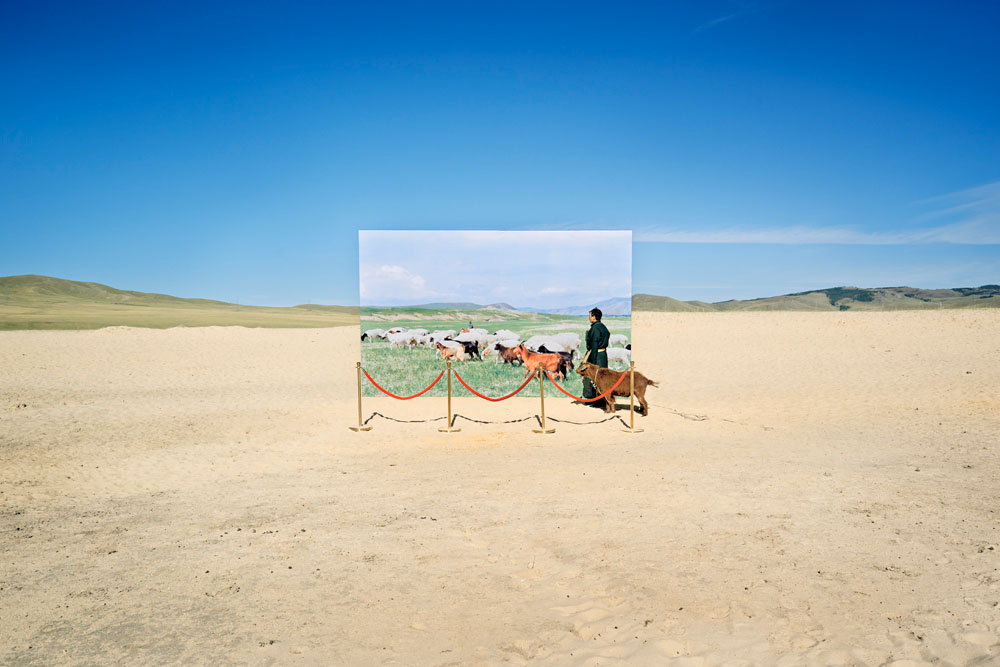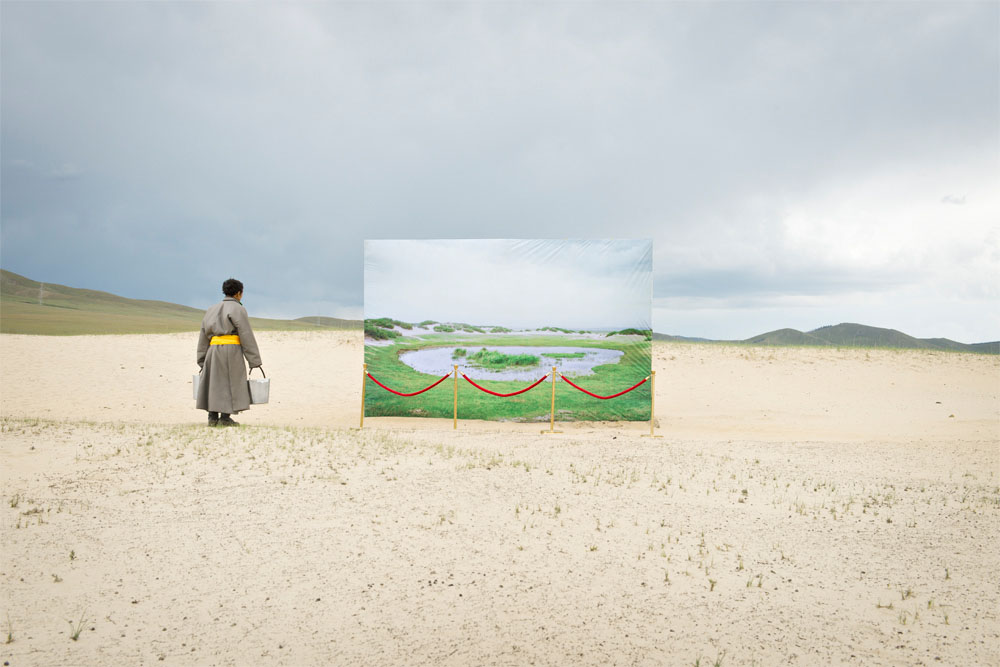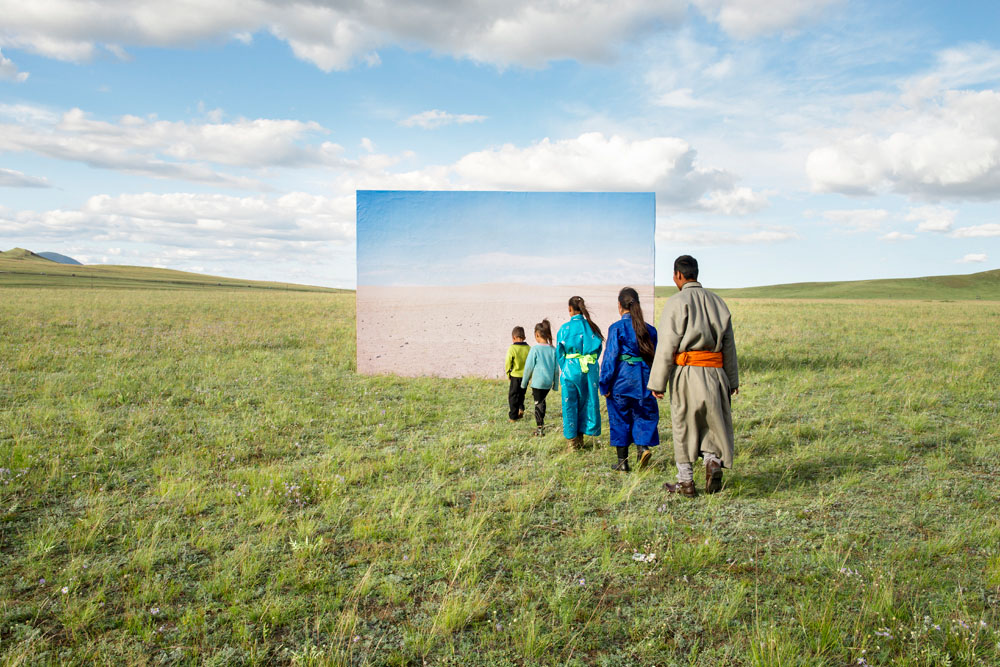
















EDITOR'S CHOICE: Artist's Statement
First Place: Phyllis Dooney
Moonflowers
Like many artists, documentarians, and historians, I’m looking for the American Family as it exists right now—because the family tells secrets about the country. The Mississippi Delta is a ripe locus due to the area’s economic, racial, and geopolitical history. I met Halea Brown in a Greenville karaoke bar; she’s outspokenly gay, (a courageous act, I thought, in the Bible Belt), talented, charismatic, and generous. Through her, I spent the last three years documenting the entire Brown family. They are moonflowers: souls who bloom in the shadows.
The Browns are talented in music and athletics; they’re survivors; and they project a life for themselves beyond Greenville, beyond poor, and beyond ordinary. But a vacuum is created between those positives and these negatives: addiction (crystal methamphetamine and even love, for example), domestic abuse, indictments, and educational underachievement. A single mother with seven children, Damian lives on disability like her father did, contracting herself to a system in complex and compromising ways.
My strategy is to focus on daily lives and avoid sensationalism, to crystallize the essence of the subject’s mood, self talk, and personality. The truth in any moment is located in a gesture or expression.

EDITOR'S CHOICE: Artist's Statement
Second Place: Daesung Lee
Futuristic Archaeology
This project attempts at recreating the museum diorama with actual people and their livestock in a real place where decertifying in Mongolia. It is based on an imagination that these people try to go into museum diorama for survival in the future due to climate change. This is accomplished with the printed images on a billboard placed in conjunction with the actual landscape horizon.
Mongolian traditional nomadic lifestyle might be existed only in museum in the future. Image size will be 200cm print in width.

EDITOR'S CHOICE: Artist's Statement
Third Place: Alexandros Lambrovassilis
Ellinikon
"Ellinikon" is an ongoing project initiated in 2007. A documentation of the current state of the former international airport of Athens, known colloquially as "Ellinikon", (meaning "of Greek origin").
In my exploration I follow this thread of collective memory, reliving and photographing the landmass, the remains of human activity, and the symbols of an era that has come to an end. I stumble upon bittersweet visions of a once familiar public space.
This documentation aims to raise awareness for the necessity and the importance to preserve and reintroduce the historic thread and collective memory of a place as such, in the process of transformation for the new use.
Size of Prints: 30" x 30"

EDITOR'S CHOICE: Juror's Statement
Alice Gabriner
International Photo Editor, TIME magazine

I was immediately intrigued by the first picture in Phyllis Dooney‘s project Moonflowers, about a gay woman in the Mississippi Delta. Over three years, Dooney documented Halea Brown and her family in an attempt to portray larger issues that affect American families. Poignant and emotional, I believe this work has the potential to deepen beyond its current scope. And, with this prize, I hope Dooney will be inspired to continue to build on what she has already created.
In a completely different vein, I enjoyed Daesung Lee’s provocative series entitled, Futuristic Archaeology, in which he attempts to recreate museum dioramas, but with real people and their animals in the Mongolian desert landscape. These imaginative tableaus offer an innovative approach to depicting the issue of desertification and the effects of climate change on traditional cultures, which Lee fears might someday only exist behind ropes in museums.
Finally, I chose Alexandros Lambrovssilis’s project on the abandoned international airport in Athens, Greece, known as Elinkon. For a city known for its ancient history, it is quite striking to see ruins of the modern era. Mannequins wrapped in plastic evoke comparisons to marble Greek statues. Though this work was started in 2007, today it stands as profound metaphor for Athens’ crumbling economy.

